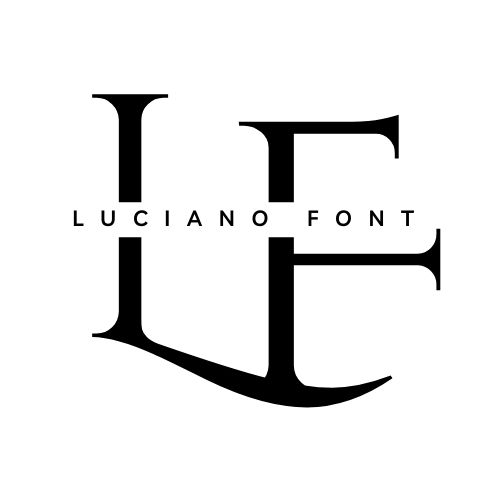Legends of Divine Sovereignty in Mythical Realms
Table of Contents
Introduction
The royalty of Olympus stands as a majestic pillar in the vast landscape of mythology, inviting curiosity and wonder from generations past and present. These divine beings, often depicted as whimsically powerful and intricately flawed, influence the stories that have shaped human culture and imagination. Within the realms of Greek mythology, the pantheon of deities not only governs the cosmos but also embodies the very essence of the human experience—love, jealousy, valor, and tragedy.
Key Figures within the Royalty of Olympus
At the heart of the royalty of Olympus lie the principal gods and goddesses, each adorned with unique characteristics and responsibilities. Below is a comparative table highlighting some of the most iconic figures.
| Deity | Domain | Symbols |
|---|---|---|
| Zeus | Sky and Thunder | Lightning Bolt, Eagle |
| Hera | Marriage and Family | Peacock, Diadem |
| Poseidon | Sea and Earthquakes | Trident, Horse |
| Aphrodite | Love and Beauty | Sparrow, Rose |
| Athena | Wisdom and War | Owl, Olive Tree |
The Myths Surrounding the Olympian Deities
Mythology serves as a complex tapestry woven royalty of olympus extreme with stories and parables, pivotal to the understanding of Greek culture. The royalty of Olympus is featured in numerous tales, reflecting moral lessons and human virtues.
- The Judgement of Paris: A competition among goddesses that led to the Trojan War, showcasing themes of desire and rivalry.
- Eros and Psyche: A narrative of love conquering obstacles, emphasizing the transformative power of love.
- Theseus and the Minotaur: A hero’s journey that explores bravery, sacrifice, and the confrontation with one’s inner demons.
Symbolism and Artistry
Art and literature have immortalized the royalty of Olympus, illustrating their stories through countless forms. Artists have depicted these deities in sculpture, painting, and poetry, imbuing them with symbolic meanings.
Common Symbols Associated with Olympian Deities
- Lightning Bolt: Represents Zeus’s supreme authority and power.
- Olive Tree: A symbol of peace and prosperity, often associated with Athena.
- Trident: Represents the dominion of Poseidon over the seas.
- Peacock: Symbolizes Hera’s beauty and majesty.
Moreover, the stories reflect deeper societal values—honor, hierarchy, and the consequences of pride, often encapsulated in the concept of hubris—hubris being the pride that ultimately leads to one’s downfall.
Impact on Modern Culture
The influence of the royalty of Olympus extends far beyond ancient texts. Today, their stories reverberate in popular culture, literature, and even film. The themes introduced by these deities have become archetypal, resonating through various modern narratives:
Modern Interpretations and References
- Literature: From Rick Riordan’s “Percy Jackson” series to classic works reinterpreted in contemporary contexts, the tales of the gods remain vibrant.
- Films: Productions such as “Clash of the Titans” and “Wonder Woman” have brought these ancient figures back to life for new audiences.
- Art and Fashion: Symbolic representations of gods and goddesses are often found in art installations and fashion, showcasing their allure and relevance.
Through various forms of media, the royalty of Olympus continues to inspire the imagination and provoke thought, urging society to ponder the complex interplay of divinity and humanity.
Conclusion
The royalty of Olympus offers a fascinating glimpse into the human condition through epic narratives and divine personifications. By exploring their stories, symbols, and cultural impact, we uncover not just the mythology of ancient Greece but the enduring legacy they have forged in contemporary society. Whether as cautionary tales or celebrations of human experience, these deities resonate through time, uniting past and present in a tapestry of mythology that remains as relevant today as it was millennia ago.
